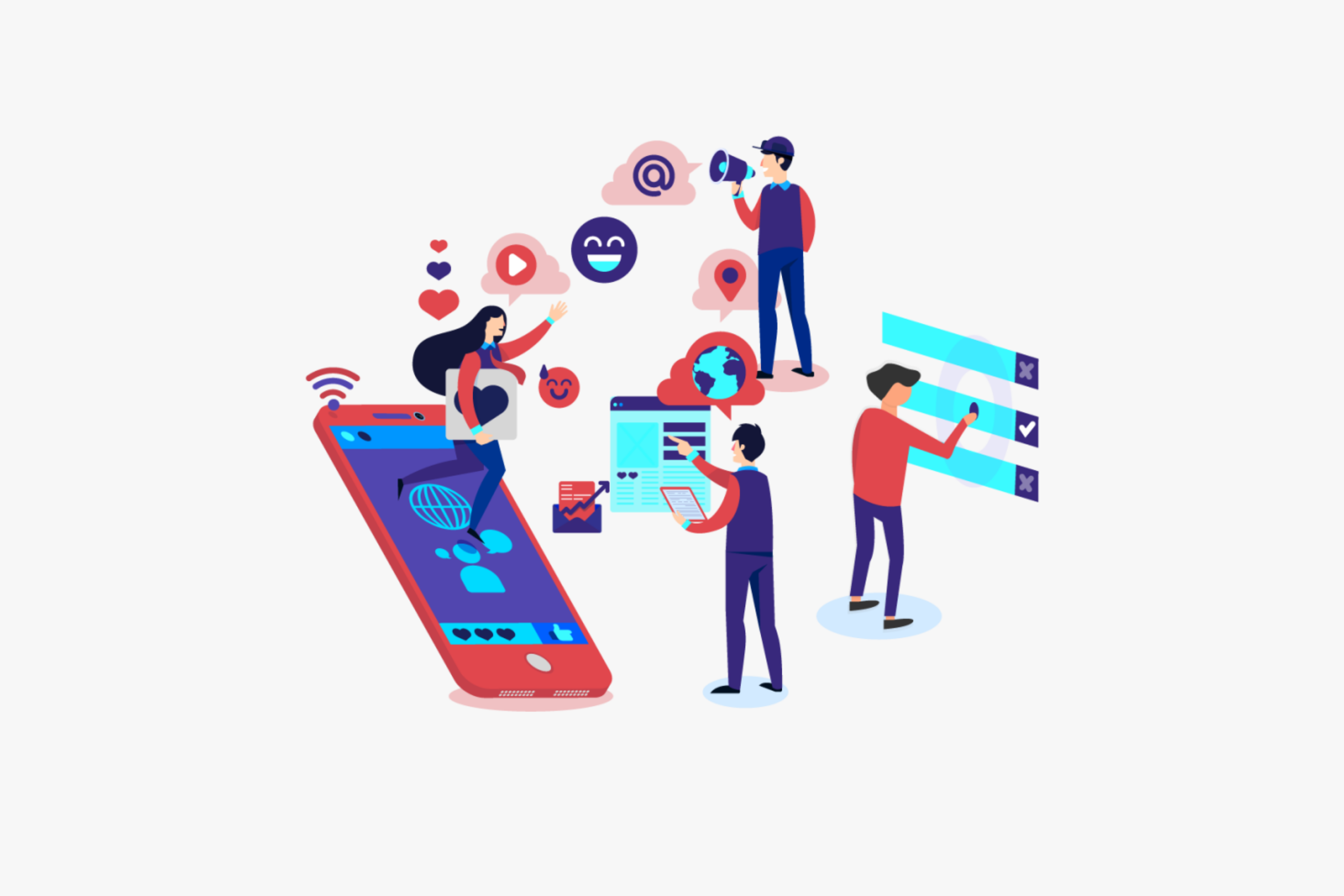Worcestershire County Council’s digital delivery leader Jo Hilditch tells PublicTechnology about how apps and digital platforms have supported the authority’s coronavirus response
Credit: Philip Halling/CC BY-SA 2.0
When the coronavirus crisis first struck in early 2020, Worcestershire County Council was just one of many organisations around the country that realised that it would have to change the way it works – profoundly and rapidly.
It did so with the support of a digital function that developed five apps to ensure staff and citizens continued to receive the support they needed.
Four of these were built for use by the authority’s HR team, including two that allowed employees to inform them of underlying medical conditions as well as reporting absences from work due to coronavirus. Two others supported the collection of data on staff with existing care sector experience, and to manage redeployments.
A fifth application was created to match requests for help from citizens with other local people, businesses, or community organisations that could provide the assistance needed.
Building tech from low-code specialist OutSystems, the suite of programs was built and launched within a matter of days and, according to Worcestershire’s digital delivery team manager Jo Hilditch, represents just one initiative in a programme of digitisation that has become central to the council’s operations.
PublicTechnology: Prior to the pandemic, to what extent had Worcestershire embraced the use of digital services – for both citizens and its own staff?
Jo Hilditch: Being a digital council needs to be a fundamental part of who we are and what we do. It will allow us to work with our partners who are already engaged in digital innovation to support and develop the county of Worcestershire, whilst helping to deliver on the ambition of being an even better place to live and do business – making Worcestershire a place where staff, members, residents, visitors, communities and businesses flourish.
There are a mixture of Covid-19-focused apps and more general digital services that we have accelerated to help reduce the impact of the pandemic wherever possible. The latter group will have a role to play, even after things get back to normal
We have a Digital Delivery Team, made up of experienced business analysts and developers, who work together to help deliver digital solutions and the council now offers even more of its public services online, via applications that are easy and convenient for citizens and businesses to access.
Some examples of those successes are the much-improved birth, death and marriage certificate service, where 90% of applications for certificate copies are made online, up from 40%. Similarly, with adult learning courses, which had to be registered for in the local library, the application, which is available from any mobile device, now allows users to quickly and easily search for classes by subject, location and date, as well as reserve and pay for courses online.
How big is the digital team at the council, and how would you characterise the role they play in the council’s operations?
The council has established a core capacity of 18 experts within the Digital Delivery Team, who are focused on innovation and digital development. The Digital Delivery Team is made up of experienced business analysts – who are specialists in analysing business requirements – business process redesign and delivering agile projects, experienced data engineers, developers, web designers and user experience specialists, who all work together to deliver digital solutions.
Through various workshops and group exercises with a range of stakeholders from across the organisation, we have established that, whilst our current digital delivery capability is strong, there are five areas of focus for our Digital Strategy that the teams must work towards to enable us to become a leading digital Council. They are: digital workforce; digital services; digital data intelligence; digital county; and digital customer.
The Digital Strategy is designed to provide a ‘one council’ approach to the digital design principles and capabilities needed to underpin the delivery of all transformation programmes.
What were the immediate priorities for the digital team at the start of the coronavirus crisis?
Our main focus at the beginning of the pandemic, and now continues to be, the vulnerable people in our community who have to self-isolate and businesses trying to survive. As a result, in March the council launched a community action campaign called Here 2 Help to encourage residents to support their local communities. This was made up of a dedicated response service for all residents who ask for help and a website offering information, guidance, news and support for both residents and businesses.
What was the genesis for creating the five apps, and why were those four areas or services of particular importance?
As the increase in humanitarian need across the county continued, there was – and still is – a heightened requirement to simplify the process of coordinating volunteer activity for councils, and community groups allocating tasks. We soon realised more could be done as part of our Here 2 Help and Covid-19 response – and the Outsystems platform enabled us to design, develop, and deploy five apps in just two weeks in order to respond quickly to the changing situation for both residents and staff.
Amongst them, the community response app, in particular, has been very popular and we’ve currently received thousands of volunteer offers and requests for support.
We have also had great success with the internal apps. Our volunteer redeployment app, which is aimed at understanding our employees’ previous experience and additional skills outside of their current roles, has helped the council to redeploy them into areas where support is needed and has worked very well – especially for access centres, provider services, waste services and HGV drivers.
HR teams, in particular, have been at the centre of the organisation’s rapid response to Covid-19, and have been playing a central role in keeping the workforce engaged, productive and resilient. Two of the new apps have been heavily focused on supporting these teams to understand more about vulnerable employees and also supplement existing care staff, should additional capacity be required.
What have been the benefits of each of them?
Now that the apps are deployed, members of the relevant teams can update them in order to collect the information they need. For example, HR can change the skills or experience fields in its volunteer redeployment app quickly and easily, as new skills are required for contingency planning.
Was creating apps this rapidly something the digital team had much experience of before?
Having worked with OutSystems for more than five years, its high-speed development platform, designed for the development of web and mobile applications, has already been used to develop a range of apps to support Worcestershire County Council’s digital presence, so we knew they were able to deploy at speed.
The platform and our agile delivery process enabled us to deliver at pace. And making use of modules and applications developed for other services meant that we were able to roll out applications to meet the immediate needs of our communities and services within days, then build on those, as requirements evolved and changed.
Have they been further developed and improved over the last six months?
In total, since the start of pandemic, we’ve launched 18 new digital services across the council. I’ve talked through the Here 2 Help app, and those developed initially to support our teams internally. The additional services include a one-stop-shop for advice and guidance on Covid-19 for residents, business, care workers, schools and early years and a Covid-19 testing app. This allows non-NHS staff to request tests and allows the council’s HR, OD and engagement functions to coordinate booking slots, and is used by Worcestershire County Council, Warwickshire County Council and various partners, including the police, fire service and schools.
Our main focus at the beginning of the pandemic, and now continues to be, the vulnerable people in our community who have to self-isolate and businesses trying to survive
Do they have a role to play in the months and years beyond coronavirus?
Things are continually changing, so we are updating apps when and where appropriate. There are a mixture of Covid-19-focused apps and more general digital services that we have accelerated to help reduce the impact of the pandemic wherever possible. The latter group will have a role to play, even after things get back to normal – these include the Libraries Digital Hub, Reserve and Collect form for Libraries and the PCI Compliance form for schools – and we expect more digital services to come online over the coming months.
How well has the council coped with the shift towards working from home; what have been the biggest challenges therein, and how have they been overcome?
As a council, we have coped remarkably well having to work online. This has been supported by apps and digital services, which include an online system that enables staff to request the equipment they need to set up their home workstation in line with health and safety recommendations and dashboard that allows staff to manage the requests, distribute equipment and maintain an inventory of equipment that has been sent out.
What are some of the processes, new tools, or lessons learned in the last nine months that could have an effect or a role to play in the council’s use of technology going forward?
We have been delivering apps and digital services using agile methodology and the OutSystems high-speed development platform for a number of years, but our response to the pandemic has really highlighted how we can use that to rapidly support our teams with the digital assets they need. Especially in the early days of the pandemic, the idea of building the forms and apps rapidly, then refining them – based on feedback from users – for long-term use was at the heart of our approach, and that continues today. Gone are the days when it could take months to get an application or digital service live – we’re now thinking in days or weeks.



